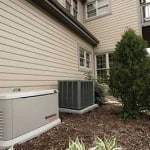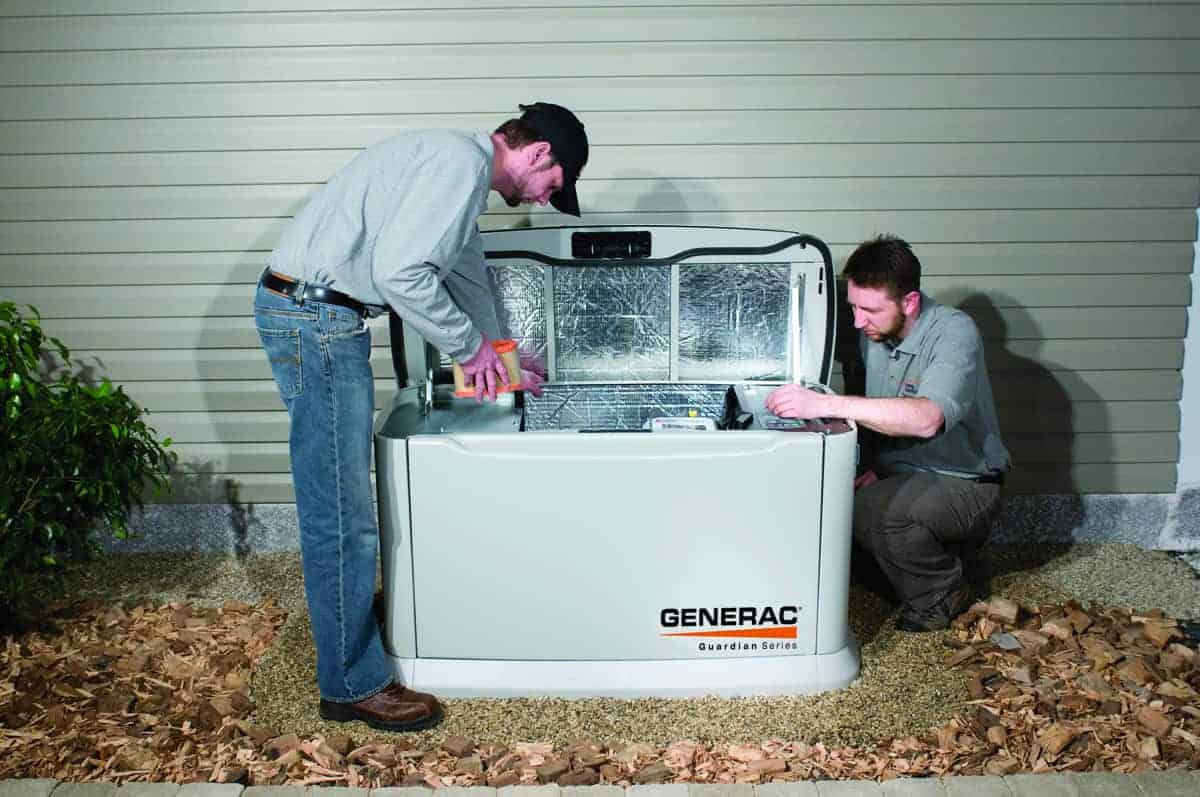Most standby generators operate automatically. They “stand by” waiting for an interruption of power from the electric company’s local distribution lines. They are ready 24 hours a day, seven days a week, 365 days a year.
Whether an outage happens in the middle of the night, or while you’re away on vacation, your standby generator will start and provide electrical power to the essential systems in your home.
Automatic Transfer Switch
At the center of a standby generator system is the automatic transfer switch. Day in and day out, it continuously monitors the power supply from the electric company. When that supply is interrupted, the transfer switch takes action. The switch starts the generator and checks to ensure that it is generating power. The switch then disconnects the circuits it controls from the utility’s supply lines and connects them to the generator supply lines.
The switch from utility power to generator power is not instantaneous. Depending on the transfer switch and the generator, startup and switch over may take between ten to thirty seconds. The generator will continue to operate and supply power to the house as long as it has a supply of fuel and oil.
When the electric utility restores power to the lines that supply your home, the transfer switch will sense the power and begin a shut-down procedure in most home generators. When the utility power is stable and within acceptable limits, the transfer switch moves the home’s electrical system back onto the utility supply.
This reduces the load on the generator and it begins to cool down. The generator will continue to operate in a cool-down mode for up to ten minutes before the transfer switch shuts it off.
In-Use Maintenance
An often overlooked aspect of home standby generators is that they are internal combustion engines that require oil for lubrication. Standby generators monitor their oil supply and will shut down if that supply runs low. During extended periods of operation, check the oil periodically to ensure the generator continues to operate uninterrupted.
Natural gas is the best choice for fueling a standby generator in most areas. Rural areas and regions with frequent earthquakes are better served by LP gas, which is supplied in tanks rather than by local supply pipes. During an extended power outage, check the LP gas level frequently. A moderately sized generator can use 500 gallons of LP gas in week and it may take time to order a refill. A larger tank can make refilling during an outage unnecessary.
Scheduled Maintenance
One convenient aspect of modern standby generators is their ability to do some things automatically without human intervention, such as starting up automatically in an emergency and performing self checks to ensure it is ready when you need it.
Every week, your automatic transfer switch will conduct a system self test that includes starting your home generator and running it for ten or fifteen minutes. During operation, home generators monitor their oil level and will shut off the generator if it drops to a level that would damage the generator.
Generators need periodic maintenance as well. Oil deteriorates, filters need changing and so do spark plugs. The manufacturer of your generator has set definite intervals for the maintenance of home generators that include changing the oil, spark plugs, air filter and oil filter. If your generator has a liquid cooled engine, the coolant also requires periodic checking and replacement.
If you have a generator that operates on diesel or gasoline, the fuel has a relatively short life. For gasoline, this is about three months. Diesel stores better, but will eventually deteriorate in most home storage systems. Replace diesel and gasoline fuels at regular intervals. Use these fuels in other engines such as cars or trucks to rotate them out of use.
There is an extensive range of home standby home generators for sale at Norwall Powersystems. Check today for pricing and availability, and review the different generators so you can find one that’s right for you.














